The ink pieces we see today were all produced by late 19th century and 20th century artists who share in common a unique and singular vision: these people were not trained as artists, but found inspiration nonetheless to produce unique works of art despite a host of impediments. From homelessness, mental illness and insanity, strange obsessions, incarceration, to physical ailments — all of those whose work you see featured here were produced by people who managed to make work in spite of it all. (The next time you hit a creative impasse, you might try thinking about some of them.)
Dwight Macintosh (1906-1999) spent 56 years in mental institutions. With very little ability to speak or communicate at all, he finally began to draw, in the late 1970s, after being admitted to the Creative Growth Art Center in Oakland, California. His graphic and free-flowing line quality featured, in particular, an obsession with creating giant penises on a kind of “x-ray” human figure, with a continuous script of mostly nonsensical writing. He had a visual language all his own, which may explain why his work now resides in some of the most prestigious collections in the world.
On the other hand, George Widener (b. 1962), who has been diagnosed with Asperger's Syndrome, is a highly functioning “calendar” savant based on calculations he performs in his head. Give him any town or city in the United States and he will reply with its zip code. Within his world, numbers and calculations are instantaneous. And they are always correct.
Below, some examples of their work, as well as other similarly gifted, though perhaps lesser known, visual artists.
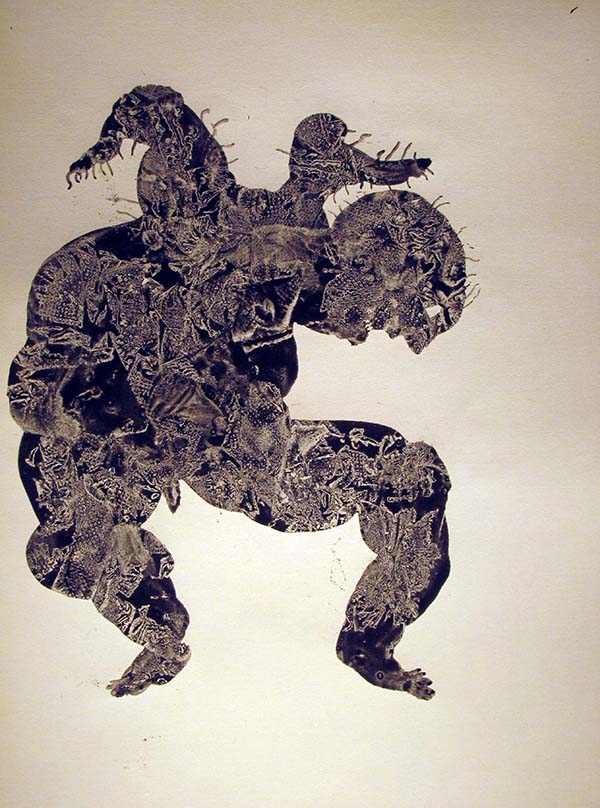
Marcos Bontempo: (b. 1969)
China ink with iron/salt on paper
Image courtesy of Carl Hammer Gallery, Chicago
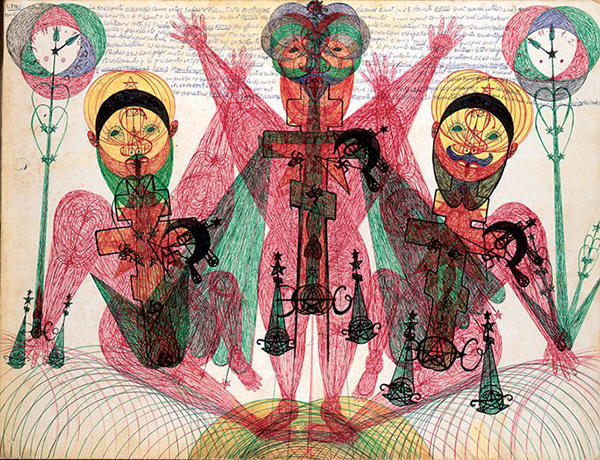
Janko Domsic (1915 - 1983)
Ball point ink on paper
Image courtesy of © ABCD Collection, Montreuil, France
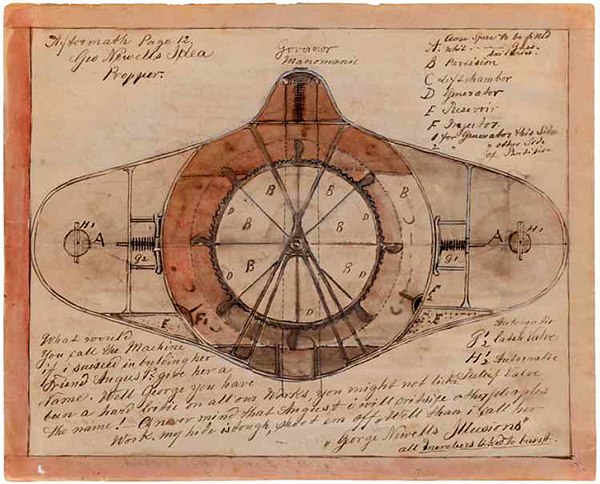
Charles Dellschau (1830 to 1923)
Flying Machine concept
Ink and watercolor on paper
Image courtesy of Stephan Romano Gallery, New York, NY
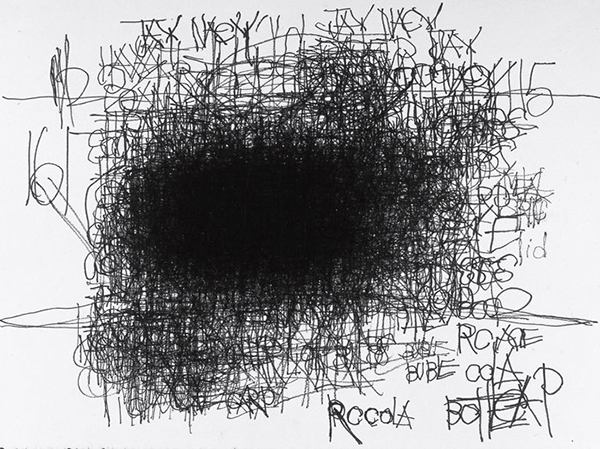
Dan Miller (b. 1961)
Ink on paper
Image courtesy of © ABCD Collection, Montreuil, France
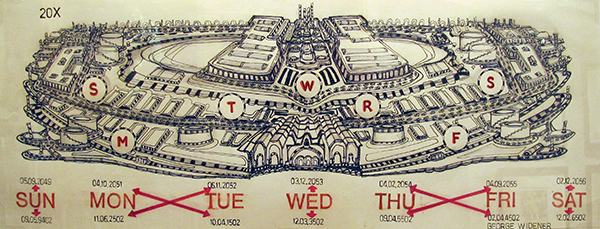
George Widener (b. 1962)
20x: 16 x 30-1/2 inches
Pen and ink with wash on paper
Image courtesy of Carl Hammer Gallery, Chicago
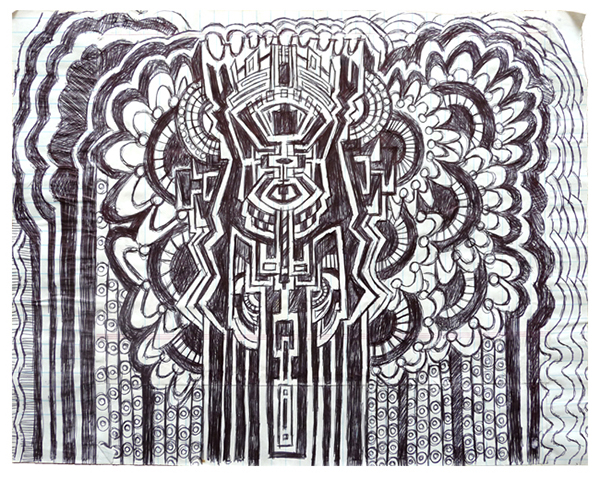
José Rivera (b. 1955)
Las Flores, 2004
11 x 14 inches, black ink on pieced, ruled paper
Image courtesy of Luise Ross Gallery, New York, NY
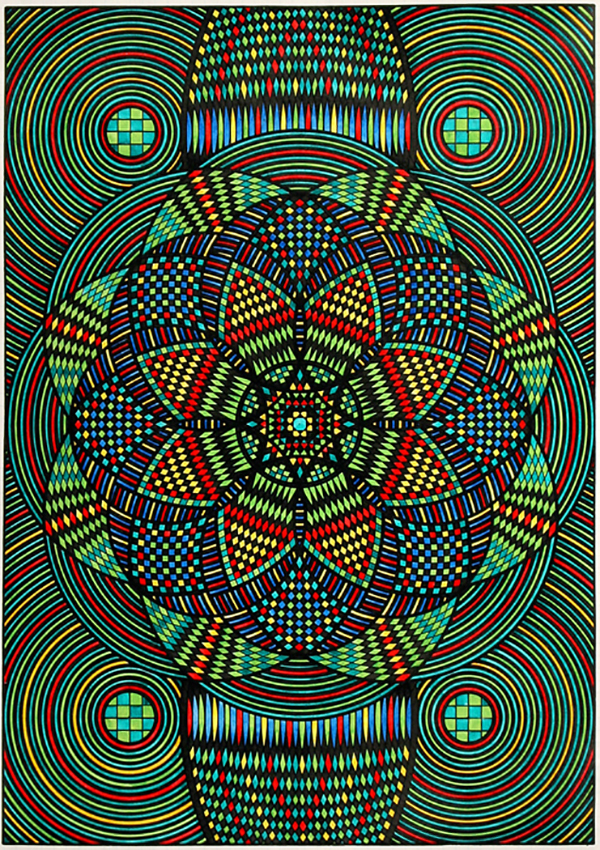
Eugene Andelosek (1921 - 2008)
Untitled (300c)
17 x 12 inches, ink on graph paper
Image courtesy of American Primitive Gallery, New York
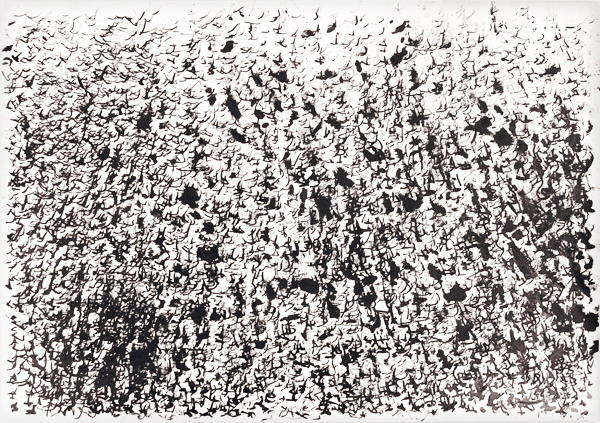
Syunji Yamagiwa (b. 1938)
Syunji Yamagiwa (My Name), 2003
Ink on paper
21.5 x 15 inches
Image courtesy of Cavin-Morris Gallery, New York, NY
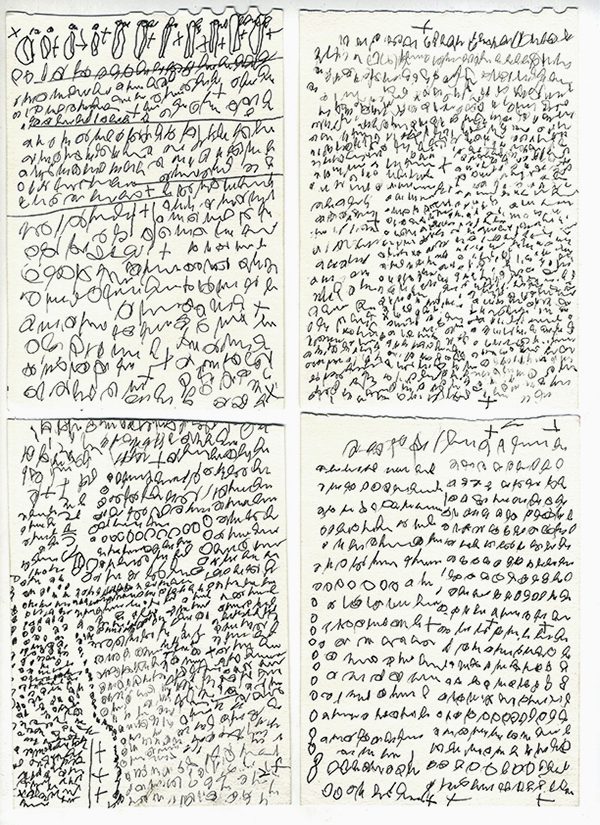
J.B.Murray (1908 - 1988)
c. 1978-1988
Ink on paper, 5.625 x 4 inches each
Image courtesy of Cavin-Morris Gallery, New York, NY

Darcilio Lima (1944-1991, Brazil)
ink on paper (print)
Image courtesy of Stephan Romano Gallery, New York, NY
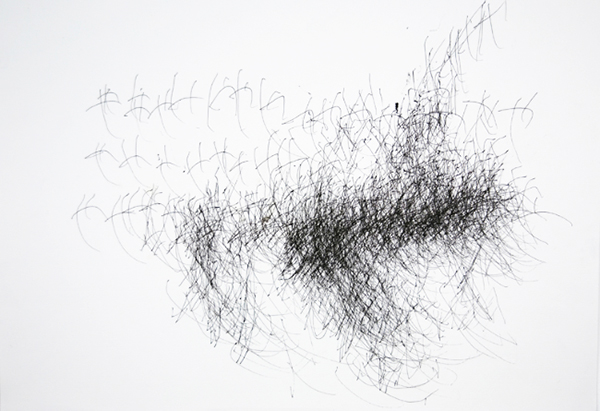
Yuichi Saito
TV Champion, 2004-2005
Ink on paper
15 x 21.5 inches
Image courtesy of Cavin-Morris Gallery, New York, NY
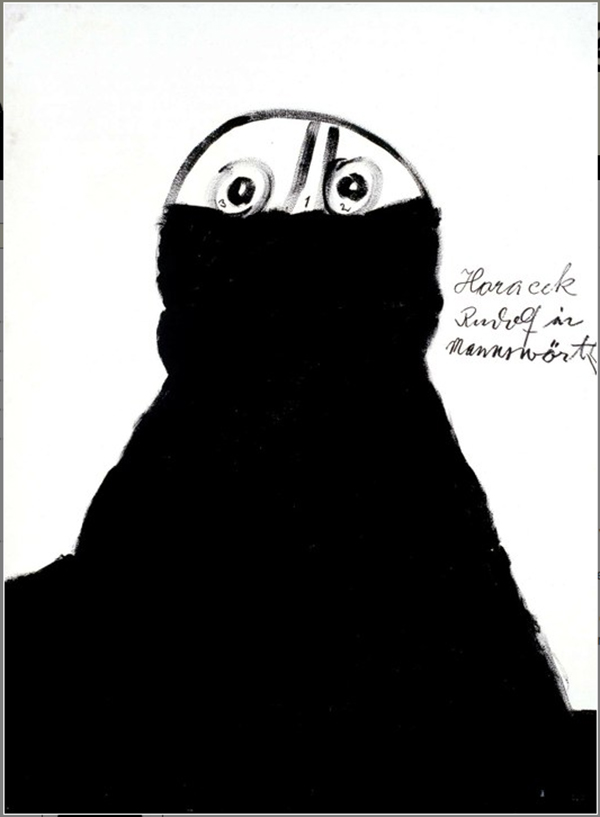
Rudolf Horacek (1915 - 1985)
Ink on paper, 1983
© Art Brut KG
Image courtesy of Gugging Institute, Germany
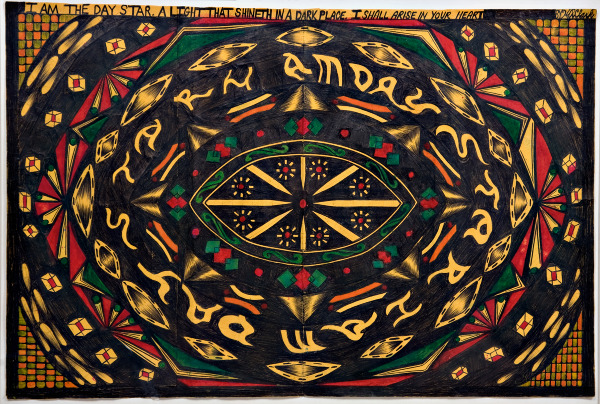
Henry Ray Clark (1936 - 2006)
I Am the Day Star
approx. 13" x 20"
Ball point ink on manilla envelope
Image courtesy of The Intuitive Eye
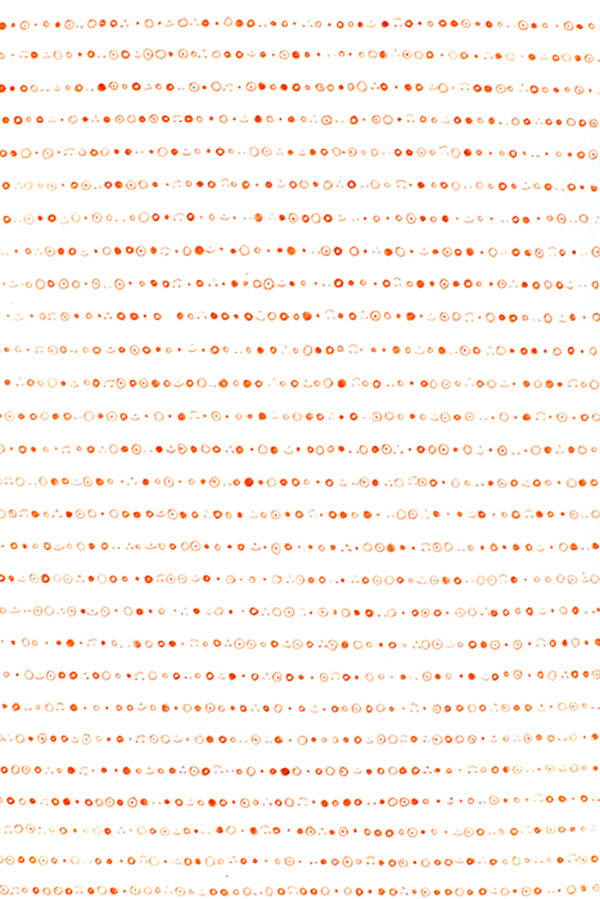
Charles Benefiel (b. 1967)
Random Numeric Repeater 14 (detail)
Orange ink on paper
57 x 36 inches
Image courtesy of American Primitive Gallery, New York, NY
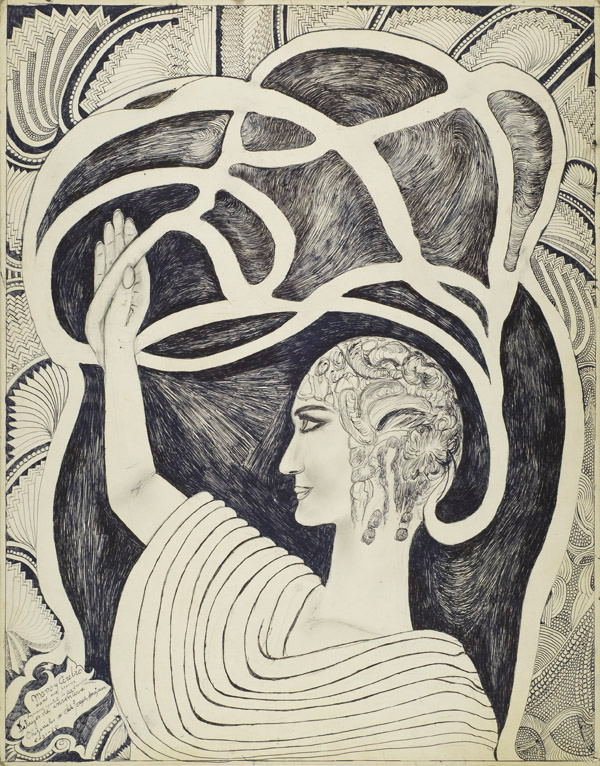
Consuelo Amezcua (b. 1903 - 1985)
Mano y Cerebro, 1968
Ink on matboard
28 x 22 inches
Image courtesy of Cavin-Morris Gallery, New York, NY
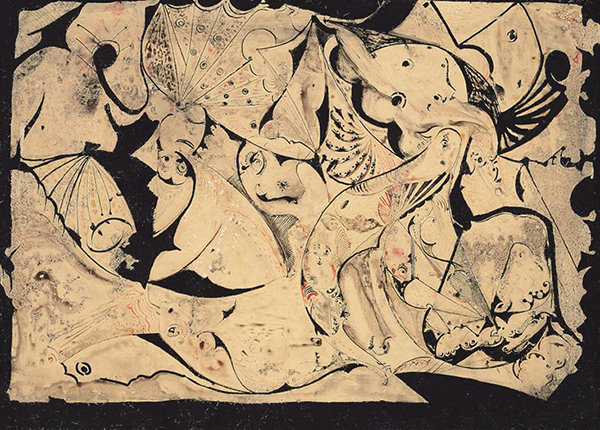
Emmanuel Deriennic (b. 1908 - 1965)
Untitled
Ink on paper
Image courtesy of © ABCD Collection, Montreuil, France
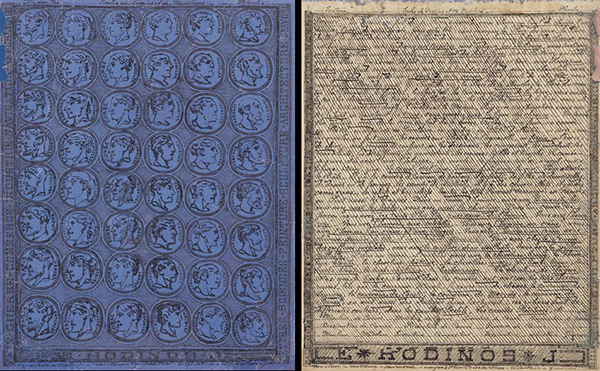
Emile Josome Hodinos (b. 1853 - 1905)
Ink on paper
Image courtesy of © ABCD Collection, Montreuil, France
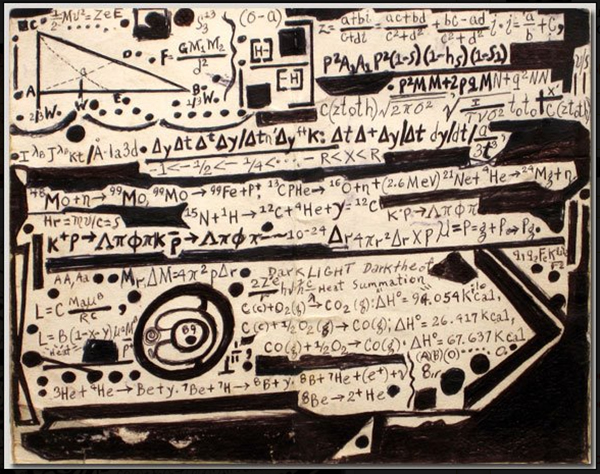
Melvin Way (b. 1954)
Ball point ink on paper, covered in clear tape.
Private collection
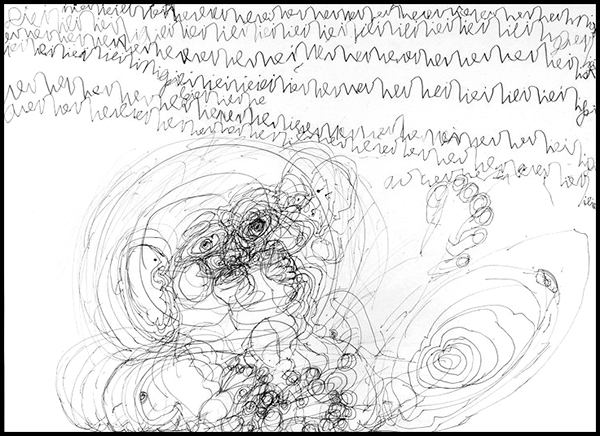
Dwight Mackintosh (1906 - 1999)
Ink on paper
Image courtesy of © ABCD Collection, Montreuil, France
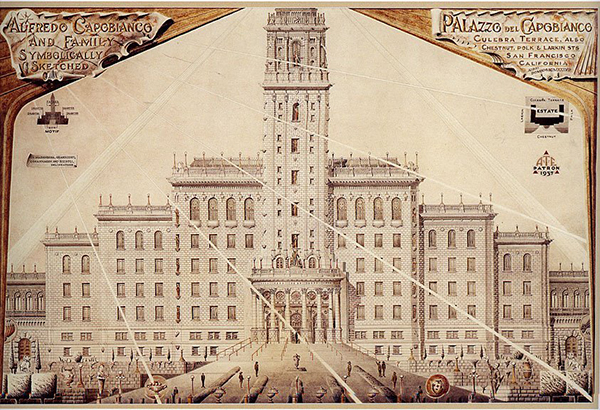
A.G. Rizzoli (1906 - 1999)
Fantasy architectural drawing, inks and color pencil on paper
Rizzoli is represented by The Ames Gallery, Berkeley, CA
This article was originally published in July 2014.

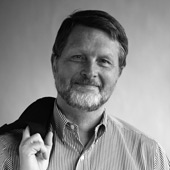
Comments [6]
07.19.14
07:25
07.20.14
04:33
07.21.14
11:01
07.21.14
04:55
07.23.14
05:11
07.24.14
01:24